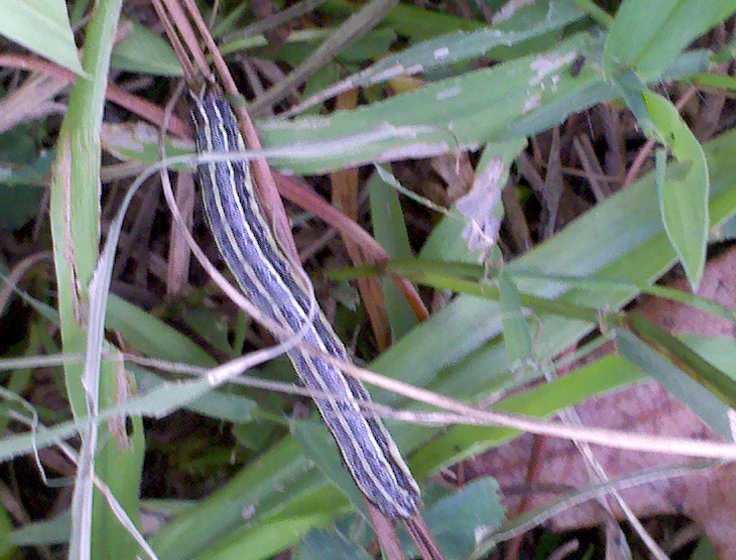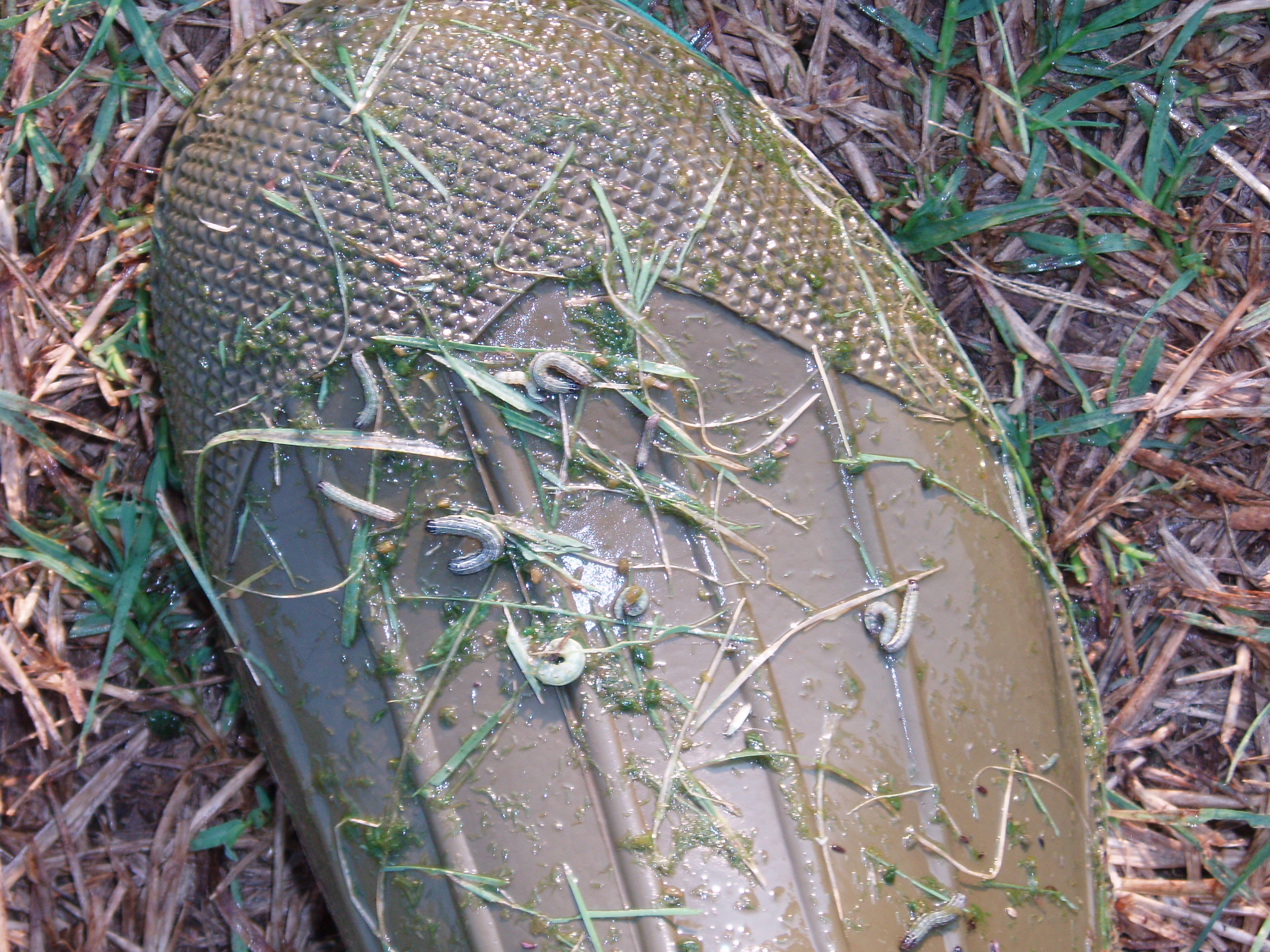

In fresh market tomatoes, treatment is needed when 3% fruit feeding (shallow, dry-cavities in the fruit) is noted. In general, a treatment is recommended in cole crops when 3 to 10% of the plants are infested. Management guidelines in other states vary. Vegetable growers should pay particular attention to fall plantings of beans, tomatoes, crucifers, other truck crops. Older plants can become rapidly defoliated. Often a fine webbing is produced by smaller larvae near these feeding sites. Beet armyworm damage to pepper plants.īeet armyworm feeding on young tender growth can be very damaging to small transplants. The life cycle takes about a month to complete in warm weather.įigure 3. After they complete their feeding, the 1-1/4" inch larvae pupate in the soil in a loose cocoon containing soil particles and leaf fragments. Older larvae may feed on fruit as well as leaves. Beet armyworm is quite mobile, one larvae may attack several plants in a row. Many small larvae die during this wandering stage but the behavior tends to spread out the infestation. As they grow, they gradually move away from the egg masses. These eggs hatch in 2 to 3 days and the larvae first feed together in a group near the egg cluster. There is usually a distinctive dark spot on each side just above the second pair of true legs.įemale moths lay masses of up to 80 eggs underneath a covering of cottony-white scales, as many as 600 eggs over a 3 to 7-day period. There are many fine, white wavy lines along the back and a broader stripe along each side.

The beet armyworm is a light-green to black larva with four pairs of abdominal prolegs and a dark head.

Beet armyworm has a distinctive black spot above the 2nd pair of true legs. Producers of fall vegetable crops need to watch out for this pest during August and September.įigure 1. This insect is killed by the first hard frosts in the fall. Although it cannot overwinter here, it is a significant pest for vegetable growers because of its wide host range and resistance to most insecticides. It is an occasional invader of vegetable crops in Kentucky. The beet armyworm is a major pest in the southwestern and southern US attacking alfalfa, beans, beets, cole crops, corn, cotton, lettuce, onion, peppers, potatoes, peas, and tomatoes. University of Kentucky College of Agriculture ENTFACT-308: Beet Armyworm in Kentucky | Download PDF Ric Bessin, Extension Specialist


 0 kommentar(er)
0 kommentar(er)
